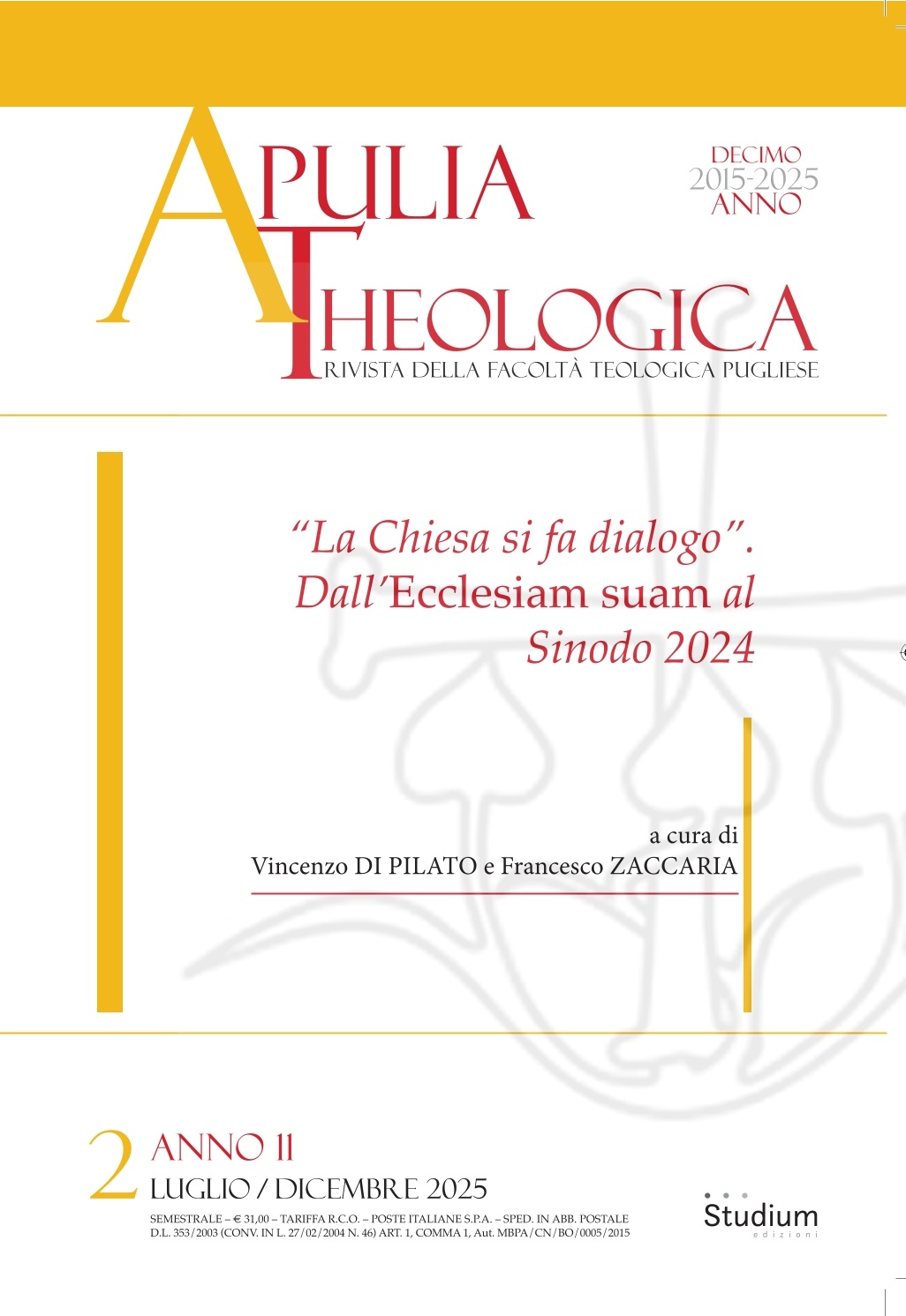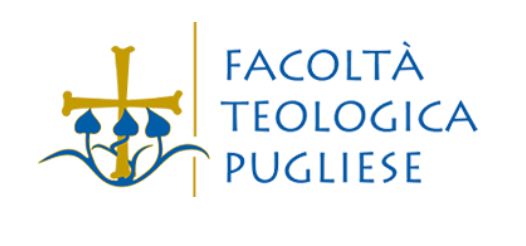Conversando nello spirito, Cristo manifestò il padre di tutti
Sviluppi teologici di Dei Verbum 2
DOI:
https://doi.org/10.71628/apth.v11i2.127811Abstract
Il presente saggio approfondisce lo sviluppo teologico del paragrafo 2 della Dei Verbum, mettendo in luce la centralità cristologica e trinitaria della Rivelazione come “conversazione” di Dio con l’umanità. Partendo dalla crisi culturale contemporanea descritta da Glucksmann e Zambrano, il testo propone un recupero della “conversatio Christi” come stile rivelativo incarnato. La kenosi del Verbo, interpretata alla luce della teologia di Tommaso d’Aquino e del pensiero patristico (in particolare di Bar 3,38), è vista come manifestazione della comunione trinitaria. Il contributo di Fernández Smulders alla stesura del documento conciliare mostra come la Rivelazione non sia solo la trasmissione di verità, ma anche un incontro personale e trasformativo. La “conversazione nello Spirito” diventa, quindi, il paradigma ecclesiale di una Tradizione viva, partecipata e rigenerativa.
This essay explores the theological development of paragraph 2 of Dei Verbum, highlighting the Christological and Trinitarian centrality of Revelation as God’s “conversation” with humanity. Starting from the contemporary cultural crisis described by Glucksmann and Zambrano, the text proposes a recovery of the ‘conversatio Christi’ as an incarnate revelatory style. The kenosis of the Word, interpreted in the light of the theology of Thomas Aquinas and patristic thought (in particular Bar 3:38), is seen as a manifestation of Trinitarian communion. Fernández and Smulders’ contribution to the drafting of the conciliar document shows that Revelation is not only the transmission of truth, but also a personal and transformative encounter. The “conversation in the Spirit” thus becomes the ecclesial paradigm of a living, participatory and regenerative Tradition.
##submission.downloads##
Pubblicato
Fascicolo
Sezione
Licenza
Gli articoli della rivista sono open access.
Sono sotto embargo solo i contributi dell’attuale annata.
Disclaimer
If you find yourself being the copyright holder of an image and you object to your image being shown on the e-Journal version, please get in contact with the University Library of Tübingen immediately.


